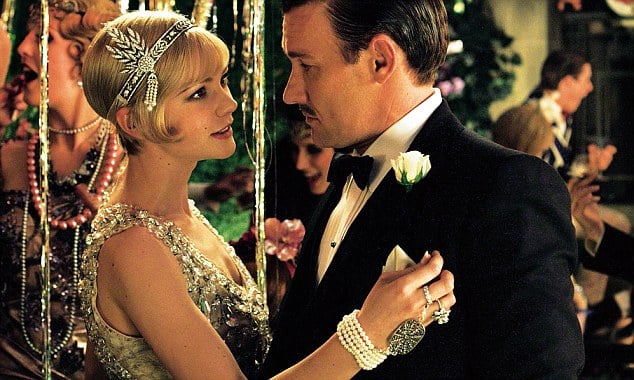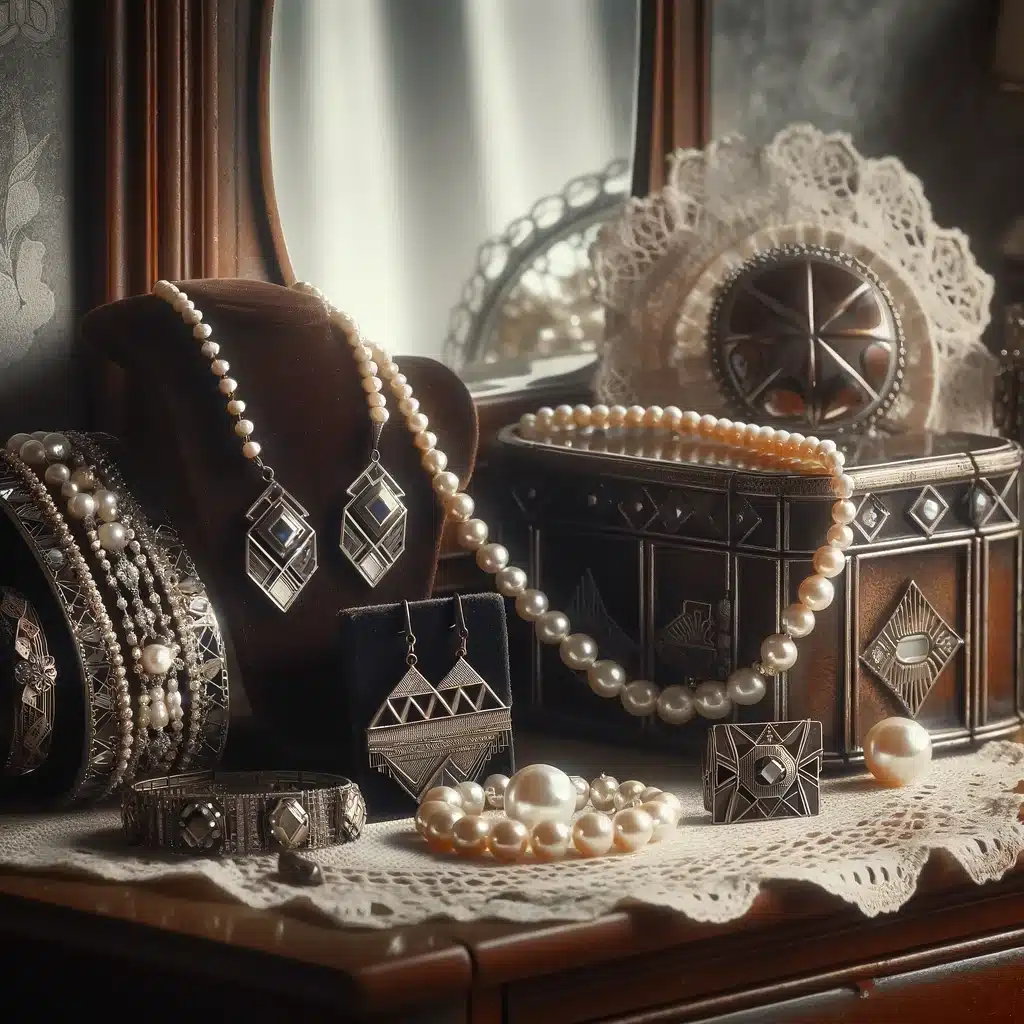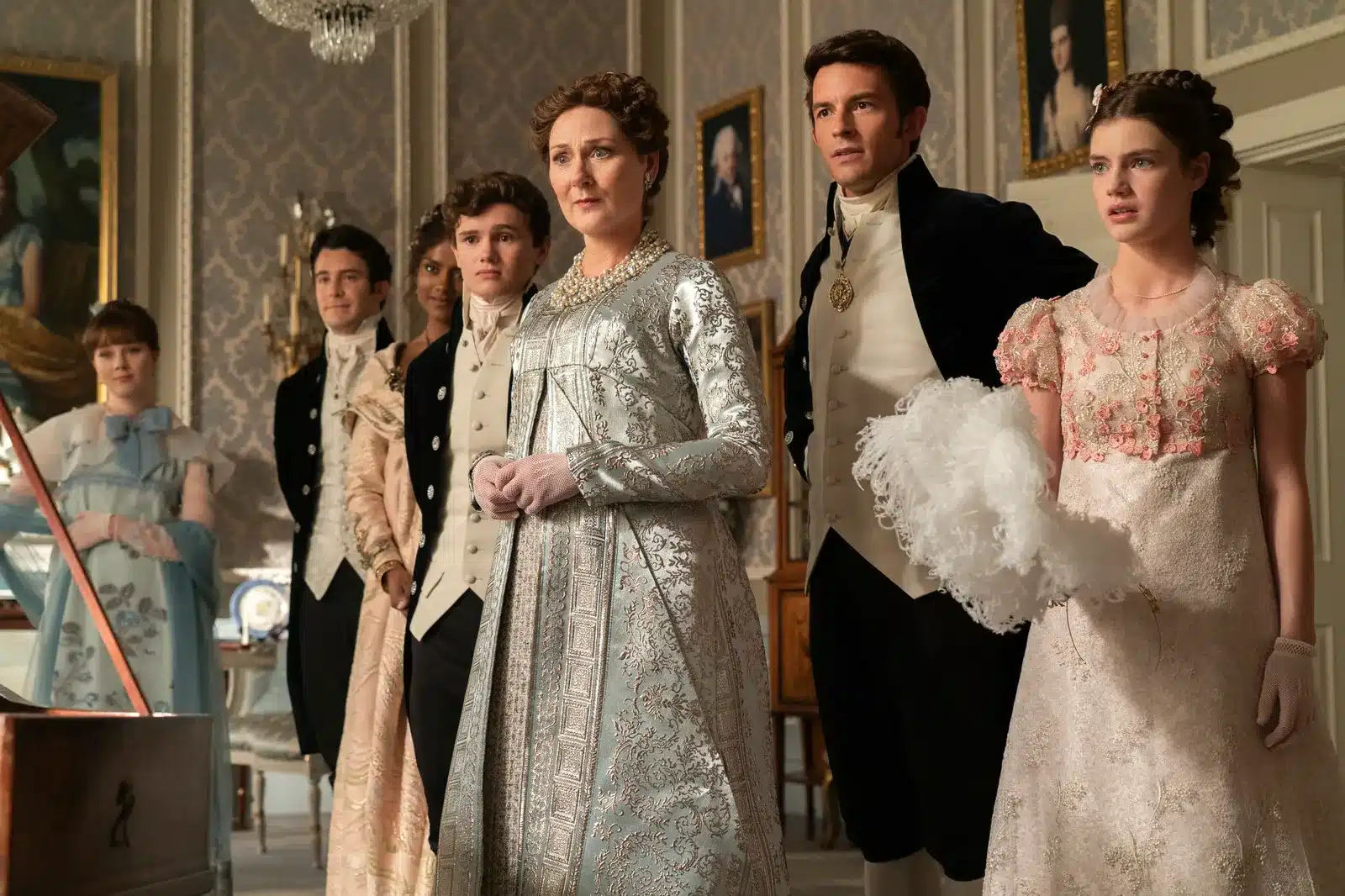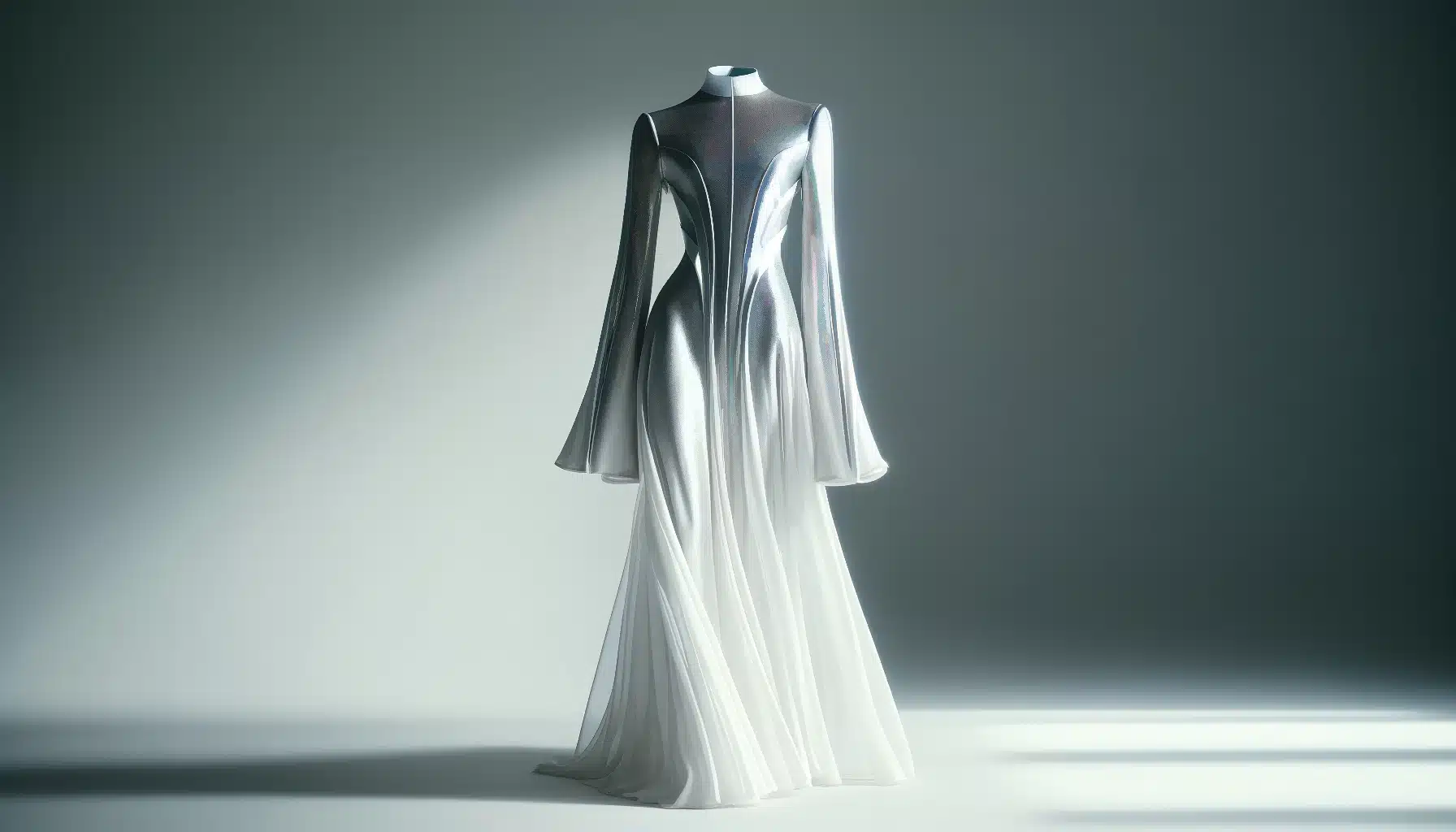1930s Fashion Jewelry
Today we are talking about glitter and glamour and my favorite: 1930s fashion jewelry.
Jewelry from the 1930s, particularly around 1935, showcased a blend of the Art Deco movement’s modernistic influence with a return to heavier, more substantial designs reminiscent of the Victorian era.
The period
1930s fashion jewelry showcased geometric shapes, symmetrical patterns, and a colorful palette of gemstones like ruby red, amethyst purple, topaz orange, emerald green, aquamarine blue, and black onyx, set in angular forms such as squares, rectangles, or ovals.
Hollywood
The jewelry in “The Great Gatsby” epitomizes the Roaring Twenties’ opulence and luxury. This era was famous for its lavish and extravagant styles.
In both F. Scott Fitzgerald’s novel and its film adaptations, the jewelry underscores the social statuses and personal styles of the era, especially among the wealthy elite.
For example, Daisy Buchanan often wears luxurious items that highlight her upper-class status. In a significant scene, Tom Buchanan presents Daisy with a $350,000 pearl necklace, symbolizing not just his wealth but also the materialistic foundation of their marriage.
Carey Mulligan’s character dons lavish, sometimes oversized jewelry, including chandelier earrings, pearl tassel necklaces, and diamond-studded headpieces. One notable item is the “Savoy” headpiece, a diamond tiara with freshwater pearls, epitomizing Daisy’s opulence.
Additionally, the film employs art deco motifs, typical of the 1920s, featuring symmetrical designs and geometric shapes in various brooches, rings, and bracelets.

Design
How did 1930s fashion jewelry evolve?
Jewelry design innovation continued as materials and techniques adjusted to the economic constraints of the time. Manufacturers made costume jewelry from affordable materials like faux pearls, bakelite, and painted glass. These materials imitated the look of real gemstones. This allowed everyone to access stylish jewelry, reflecting the glamorous Hollywood influence despite the economic hardships.
As the decade moved into the late 1930s and early 1940s, a shift towards the Retro era began. Designers introduced new styles, including snake chains or gas pipe in necklaces, bracelets, and belts. They often decorated these with various clips and motifs. Innovations also emerged in stone-setting techniques and the use of synthetic and faux gemstones. These changes reflected a shift in consumer preferences towards more accessible yet stylish options.
At last…
This period of jewelry design represents a fascinating intersection between the lavishness of Art Deco and the pragmatic approach necessitated by the economic environment, leading to a rich diversity in styles and materials that continue to influence contemporary jewelry design today.




